
In model railroading, many times we have layout owners who have “fun” with their names, locations and purposes for their layout. You cannot be in this hobby very long without hearing names like the “Gorre and Daphetid” or the “Gum Stump and Snowshoe”
This month we will take a look at a Prototype that decided to use whimsical names for locations along it’s route and became know as the Celestial Railway.
Jupiter and Lake Worth Railway (aka The Celestial Railroad)
Southeast Florida during the early days (prior to the Florida East Coast Railroad) was not easily traveled. There were treacherous reefs outside of the barriers islands and the Intercoastal Waterway did not exist as it does today.
Northern newspapers advertised hunting and fishing trips into tropical Southeast Florida around Lake Worth and the West Palm Beach area. Steamboats would carry passengers down the Indian River and arrive at Jupiter at the far end. The passengers would then disembark and travel overland their destinations in and around Lake Worth. The problem with arriving in Jupiter by steamboat was that it was an “end of the line” settlement with little to offer tourists. Even in 1900 the local population of Jupiter Inlet was 145. Traveling on to Lake Worth, seven miles southward, meant bouncing in a hot, bumpy stagecoach.
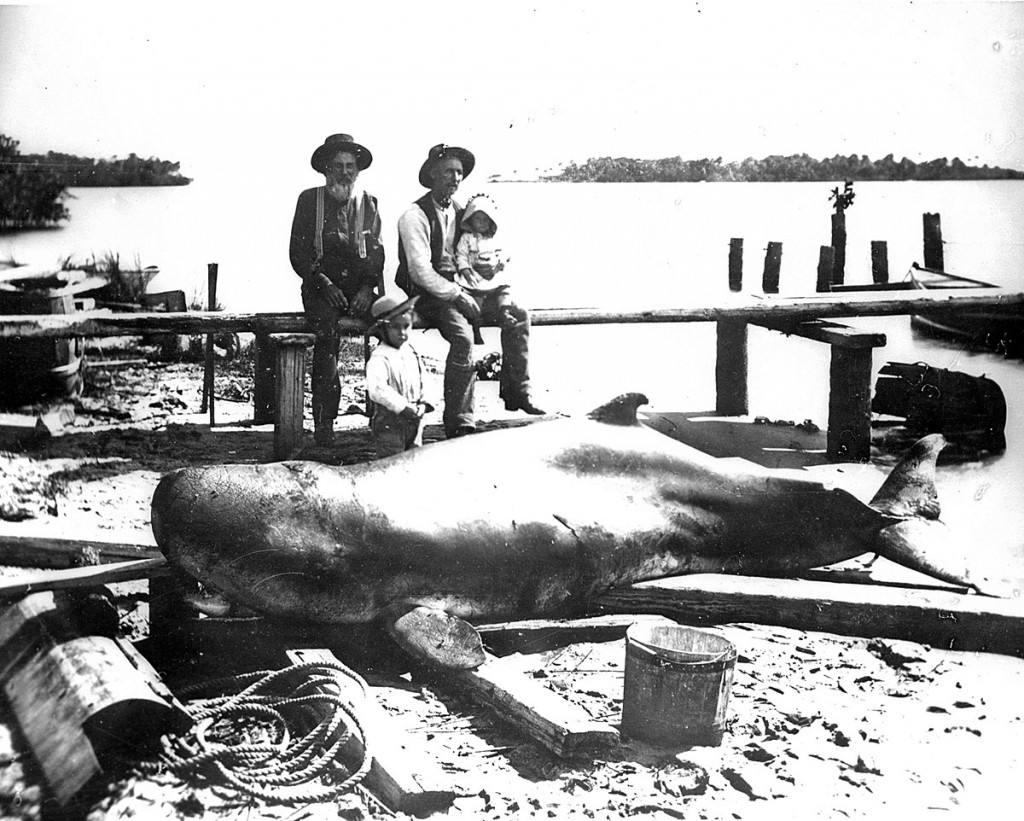
So was born the Jupiter & Lake Worth Railway on July 4th 1889. Work on the roadbed is said to have began in October, 1880, but due to the limited cargo holds of steamships coming from Titusville, it took almost 10 years before the last rails were set in place.
The 3ft narrow gauge line linked the dock at Jupiter with Juno at the head of Lake Worth. The old site of Juno was near Oakbrook Square and PGA Boulevard. Present day Juno Beach is north of the original Juno by about seven miles. From here passengers boarded boats for the rest of their journey south.
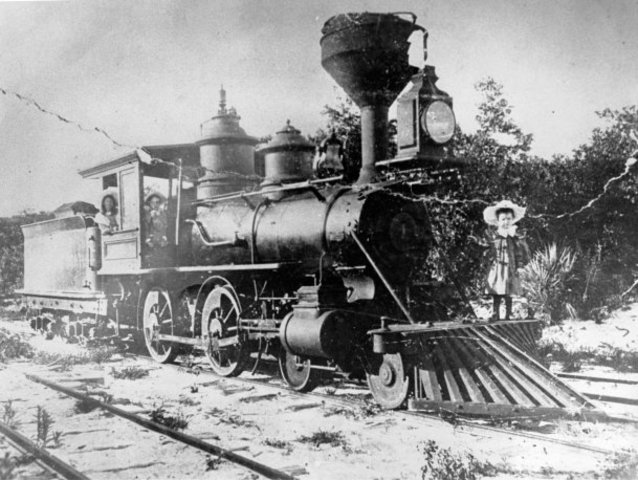
There were no other settlements between Jupiter and the end of the line at Lake Worth when the railroad was built, but with high hopes, the railroad created the locations of Venus and Mars. The total railroad was seven miles in length. The stations from North to South were:
- Jupiter (mile 0)
- Venus (mile 3)
- Mars (mile 5)
- Juno (mile 7.5)
Officially the names were derived from Roman deities, but it did not take long for a British journalist in an article published in March 1893 in Harper’s New Monthly Magazine to label the line the “Celestial Railway” and the name stuck.
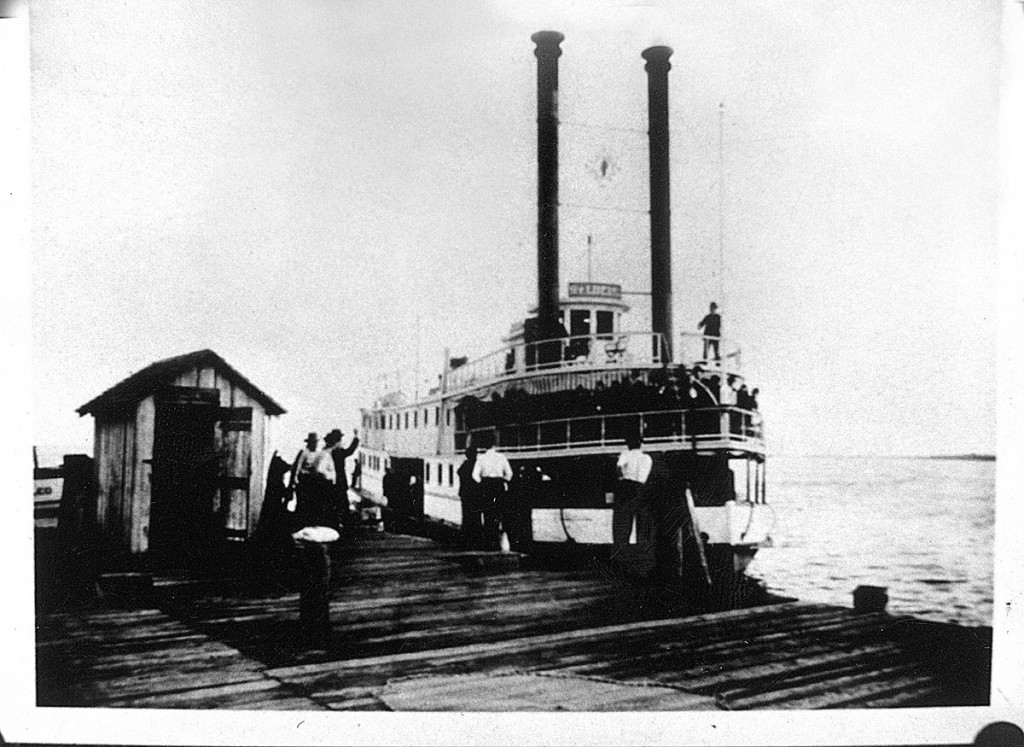
Nearly 100 residents showed up for the grand opening and given a free train ride from Jupiter to Juno which took a half-hour. Once the train reached Juno it had to go backwards the whole seven and a half miles since there was no way for it turn around. It enjoyed six years of service hauling freight and passengers.
Operations on the line were very simple. There were no turning tracks, so the locomotives always pointed towards Juno, forcing trains making the return trip to go in reverse. Fare was rather high for the time, being 10 cents per mile, a total of 75 cents one way. At it’s height the line ran four trains daily, except on Sunday when only two trains were run in the afternoon. The line ran a flag stop service along the line as well.
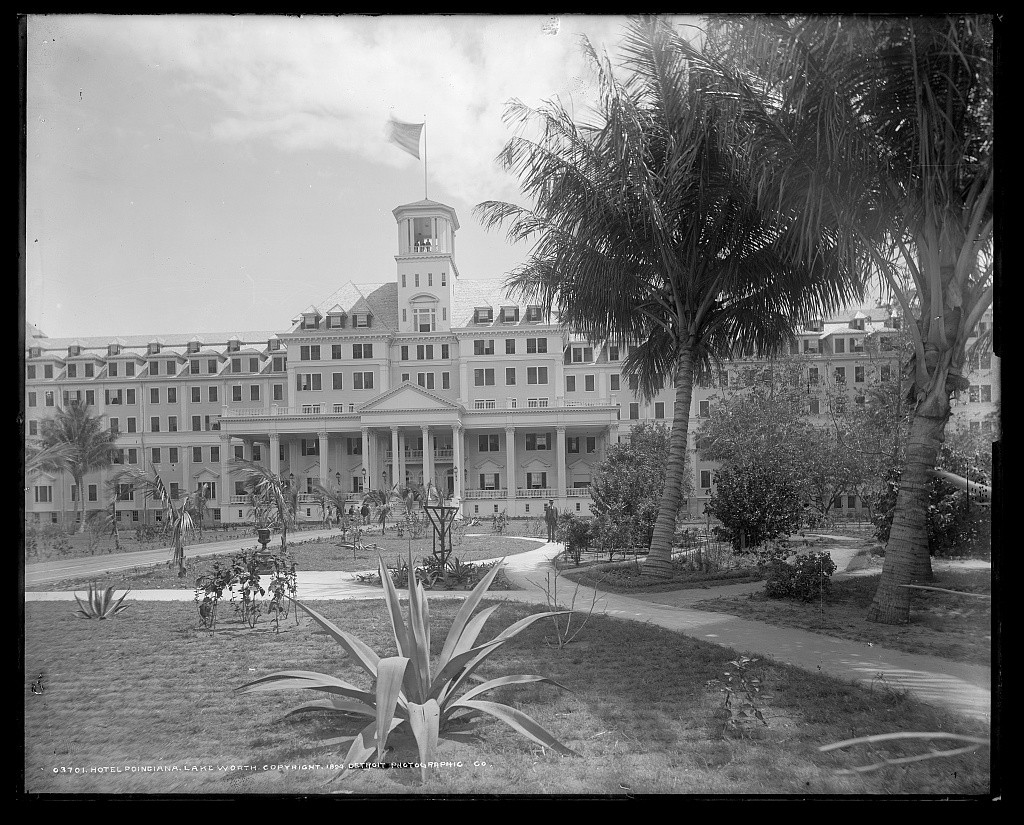
The railroad had only two locomotives, both were Baldwin locomotives with 4-4-0 wheel arrangements. The line operated with two combines, two passenger cars, two flat cars and one boxcar. Freight traffic headed north would consisted of coconuts, pineapples, dates, citrus, sugar cane, turtles, fish and early vegetables. Southbound traffic included building materials and merchandise.
Ben Hill Doster, moved his family to Jupiter, Florida about 1894 to help his recently widowed sister, Mrs. Gus Miller, on her homestead there. Mr Doster ran the store on the pier that was built for the Celestial Railroad. The pier was built on pilings over the river. The tourists coming down the river by steamer always found their way into his store, and he became a sort of first official greeter for the community. He met many wealthy and distinguished people. At one time President Cleveland and his party, en route to Palm Beach, stopped briefly and had dinner at the little hotel before continuing on.
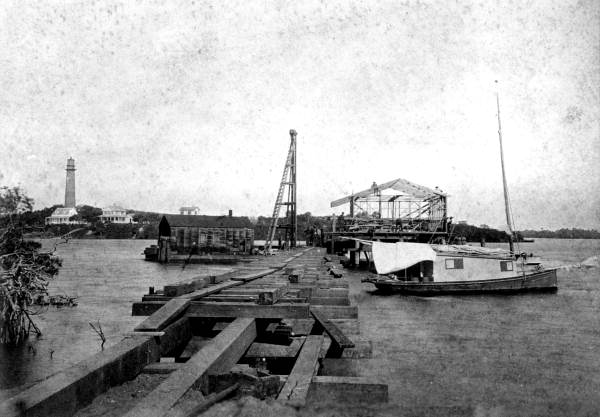
The materials for the Royal Poinciana Hotel in Palm Beach were transported on Celestial Line, but Henry Flagler (owner of the Florida East Coast Ry) felt that they had charged him too much for their service. He tried, unsuccessfully, to buy the line, so when his Florida East Coast Railway tracks were laid they bypassed Juno.
When the Florida East Coast Railway finished it’s line to the area in February 1894 the need for the steamships and the Celestial Line ceased to exist. The Jupiter and Lake Worth Railway was abandoned by June 1896. Boats were eventually able to make the entire journey without the aid of rail or coach when a canal was dug between the two waterways that the railroad connected; this is now part of the Intercoastal Waterway.
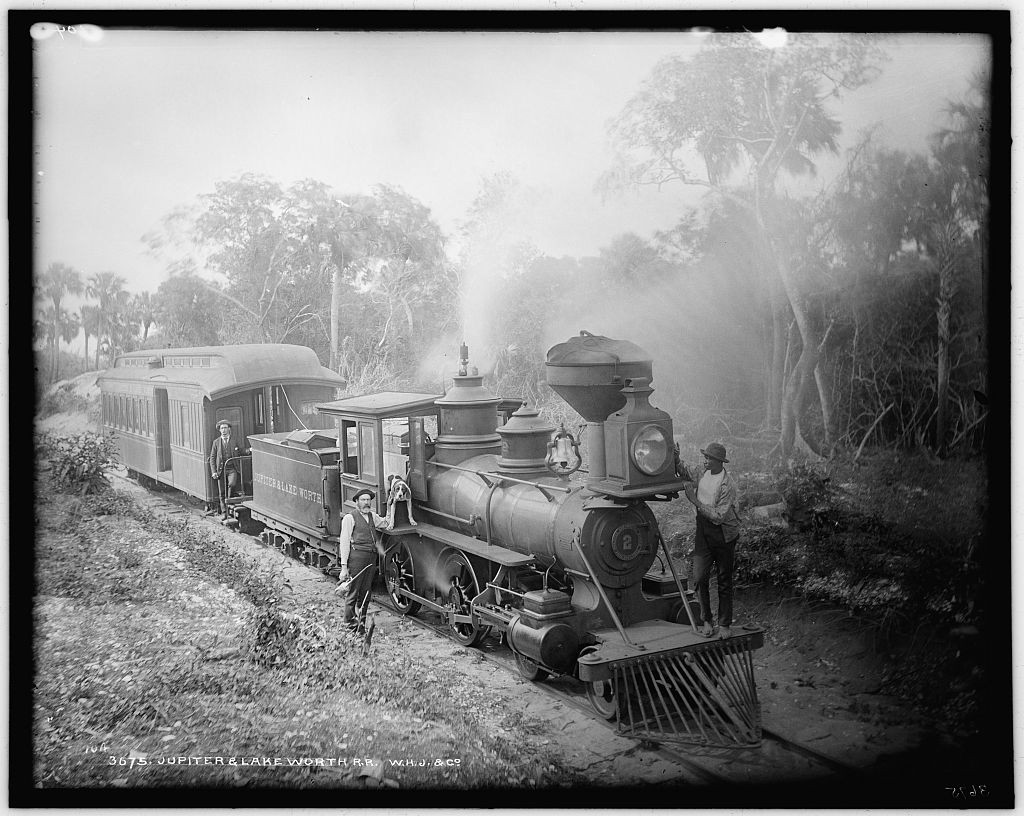
The rails and right-of-way remained where it was until the 1930s. One wooden tie was found along the former right-of-way as late as 1998, and was donated to the town of Juno Beach. A portion of the old right-of-way was used for U.S. 1. Today, over 100 years after the line’s abandonment, the flat grading of the former right-of-way can still be seen in the northeast corner of the Juno Dunes Natural Area
More information on the exact route of the line can be found in the book Retracing the Celestial Railroad by Geoffrey Lynfield. The book was written in 1982 and can be viewed on line at http://ufdc.ufl.edu/UF00101446/00044/5j.
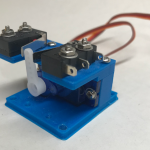
1 thought on “Small Layout Ideas – Prototypically Whimsical”